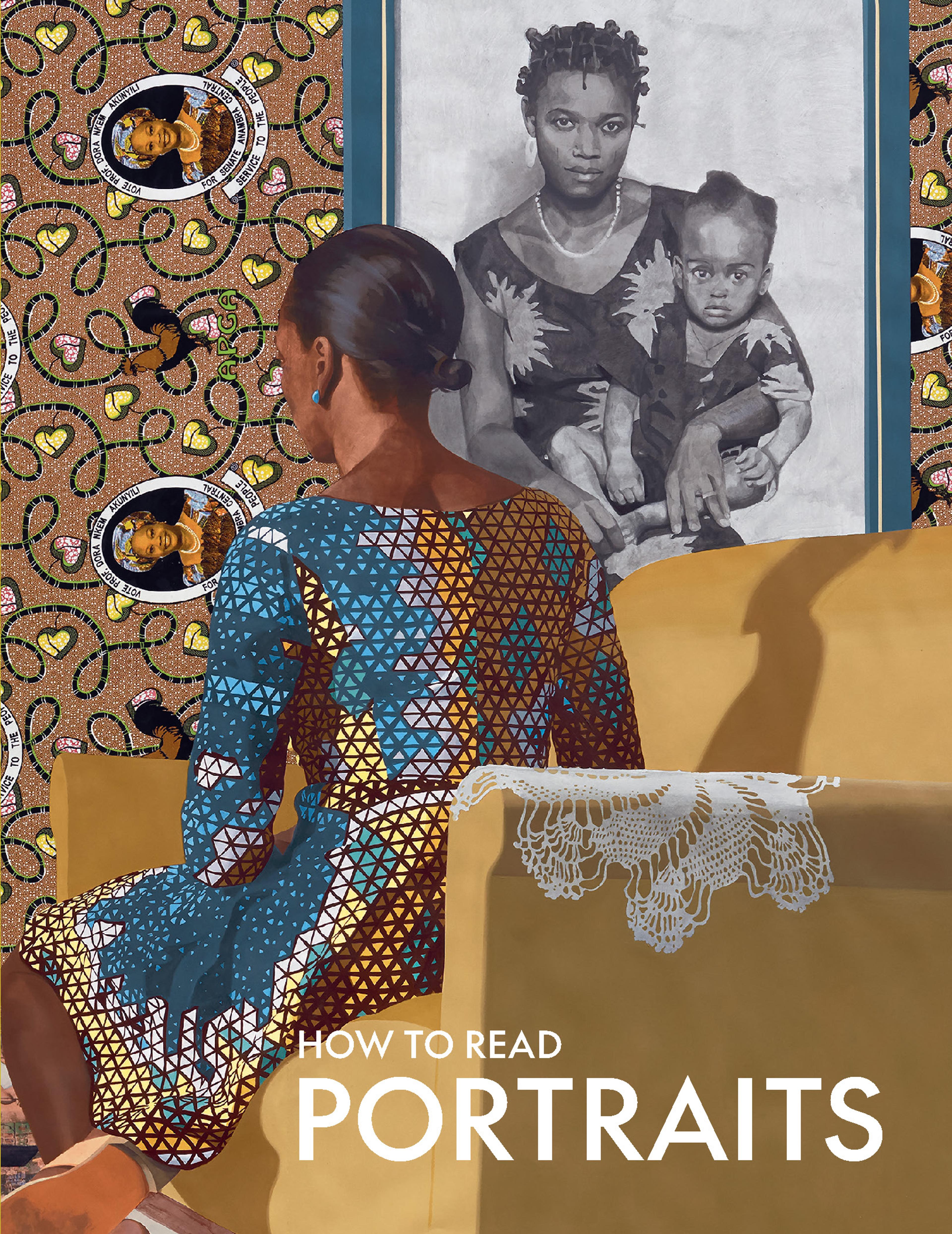Hermann von Wedigh III (died 1560)
A young man rests his arm on a table. A book lies before him, a piece of paper tucked into its pages. From these simple ingredients, Holbein composed one of his most celebrated—and best preserved—portraits. The sitter came from a prominent family in Cologne, Germany, and served as a judge and alderman of the city’s assembly. The paper in his book quotes the Roman playwright Terence’s assertion that "flattery produces friends, truth hatred." Juxtaposing various kinds of text—the handwritten fragment, the gold-lettered inscription in the background, and the sitter’s name in an illusionistic inscription on the book—Holbein combines word and image to convey his subject’s identity.
Artwork Details
- Title:Hermann von Wedigh III (died 1560)
- Artist:Hans Holbein the Younger (German, Augsburg 1497/98–1543 London)
- Date:1532
- Medium:Oil and gold on oak
- Dimensions:16 5/8 x 12 3/4 in. (42.2 x 32.4 cm), with added strip of 1/2 in. (1.3 cm) at bottom
- Classification:Paintings
- Credit Line:Bequest of Edward S. Harkness, 1940
- Object Number:50.135.4
- Curatorial Department: European Paintings
Audio
5142. Portrait of a Member of the Wedigh Family, Probably Hermann Wedigh (died 1560), Part 1
KEITH CHRISTIANSEN: As Maryan Ainsworth explains, Hans Holbein has identified both his authorship of this painting and the identity of his sitter.
MARYAN AINSWORTH: If you look closely on the book at the lower left, the initials H.H. appear on the cover of the book. And then, if you look even more closely on the man's left hand is a signet ring. And on it is the coat of arms that allows us to identify him as a member of the Wedigh family.
KEITH CHRISTIANSEN: The date 1532 and the sitter’s age—twenty-nine—suggest that he is probably Hermann Wedigh III, a German merchant working in London. That’s where Holbein, although German-born, spent most of his career, becoming the most distinguished portrait painter at the court of Henry VIII. Here he captures Wedigh’s penetrating gaze and a strong sense of his physical presence. The book has a piece of paper with a Latin phrase that translates “truth breeds hatred.” It’s a saying that must have resonated at the perilous court of Henry VIII, where speaking the truth could land you in prison—or worse.
MARYAN AINSWORTH: We can surmise, I think, that the book and its inserted paper probably point to Hermann Wedigh as having humanist interests and being very much engaged in these dialogues of the day. I think we could say that this is certainly not a casual portrait. It's a formal portrait, but the sitter is viewed with some kind of understanding of his introspection. He's a thinking man. He's a discerning man. And the way he’s presented behind a green-covered table with a humanist book at the left. These are all the accouterments of a man who is at the upper levels of society and who is an intellectual as well as a simple businessman.
Listen to more about this artwork
More Artwork
Research Resources
The Met provides unparalleled resources for research and welcomes an international community of students and scholars. The Met's Open Access API is where creators and researchers can connect to the The Met collection. Open Access data and public domain images are available for unrestricted commercial and noncommercial use without permission or fee.
To request images under copyright and other restrictions, please use this Image Request form.
Feedback
We continue to research and examine historical and cultural context for objects in The Met collection. If you have comments or questions about this object record, please contact us using the form below. The Museum looks forward to receiving your comments.
